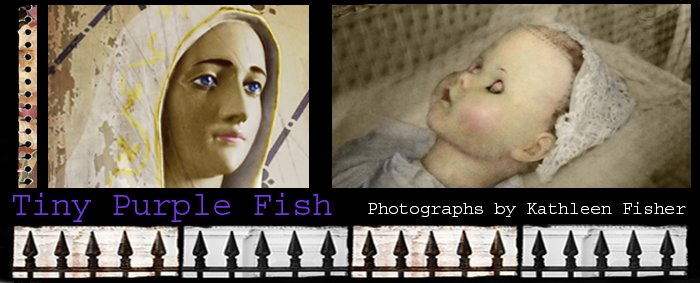 Is the use of shop mannequins in museum exhibits a peculiarly Australian phenomenon? Overseas, I’ve noticed dioramas — miniature three-dimensional scenes crafted by artisans — are the standard for history and heritage displays. And if life-sized figures are a must, then faceless models made specifically for the museum industry are used. But here, curators seem to prefer to use the every day retail dummy to re-create Australia’s past. This would be a winning tactic … if those selected were not yesterday’s models, banished from fashion boutiques for their chipped skins and 1980s styling.
Is the use of shop mannequins in museum exhibits a peculiarly Australian phenomenon? Overseas, I’ve noticed dioramas — miniature three-dimensional scenes crafted by artisans — are the standard for history and heritage displays. And if life-sized figures are a must, then faceless models made specifically for the museum industry are used. But here, curators seem to prefer to use the every day retail dummy to re-create Australia’s past. This would be a winning tactic … if those selected were not yesterday’s models, banished from fashion boutiques for their chipped skins and 1980s styling.For example, in my local museum (the Yass and District Museum), a mannequin with shiny nude lips, too much apricot blush and intense coral eye-shadow re-enacts the role of a genteel pioneer woman sipping tea. One gets the feeling she wants to trade her frilly white cap, crystal cake plates and antique mantelpiece for leg warmers, shoulder pads and a swag of Madonna-style crucifixes.
The result is a warped experience of history — somehow my memories of Rubik’s cube and fluorescent socks sneak into lessons on explorers and bush kitchens.
The upside, however, is that most shop mannequins are female, which gives curators opportunities to re-create domestic or nurturing scenes, for which relics appear to be abundant. For instance, a restored school is the showcase of the Goomalling Museum in Western Australia’s Wheatbelt. The school marm is a mannequin with smoky, come-hither eyes and arms bent to carry a designer handbag. Equally charming, is the foam apple on her desk, out of which someone has attempted a bite.

No comments:
Post a Comment